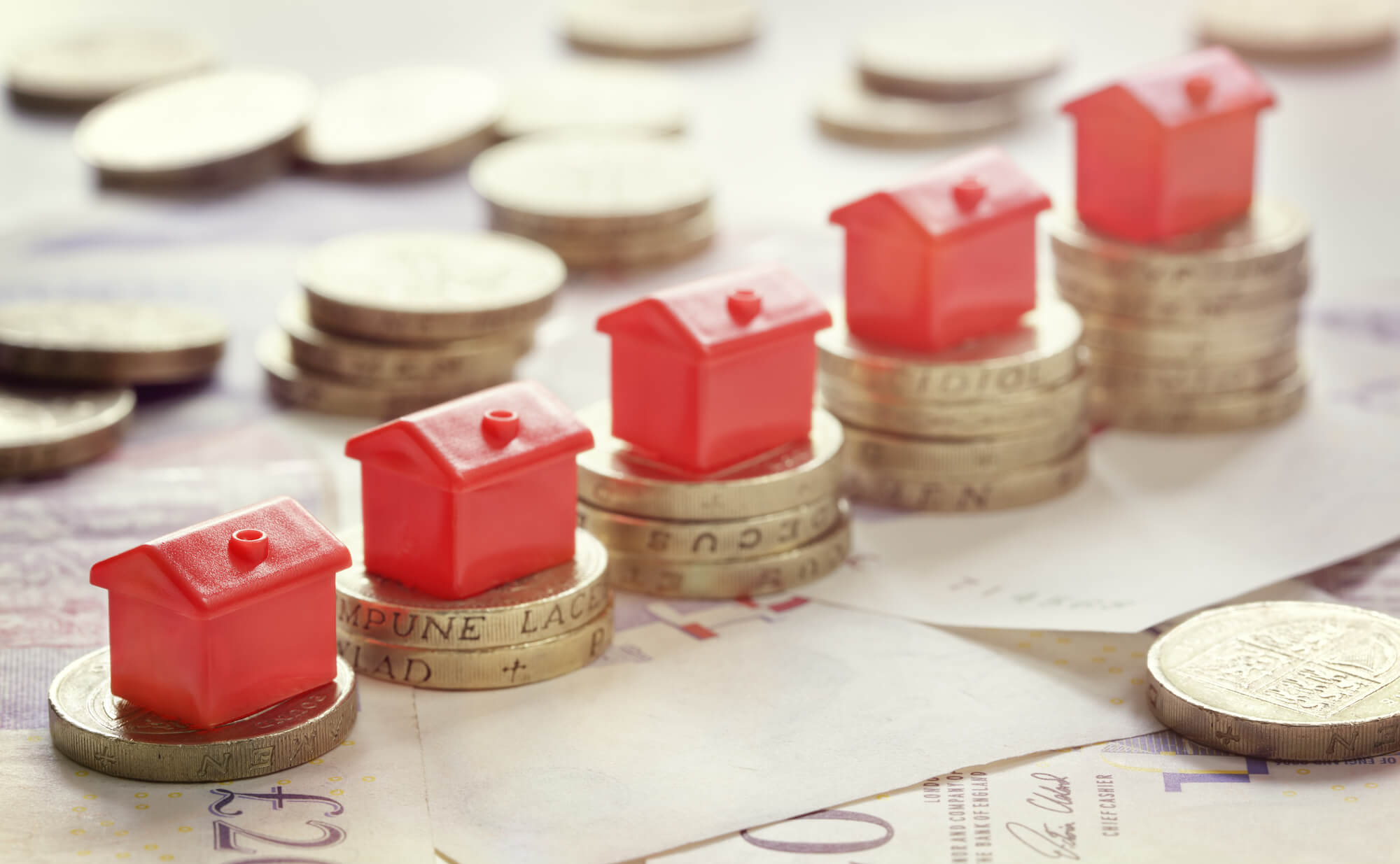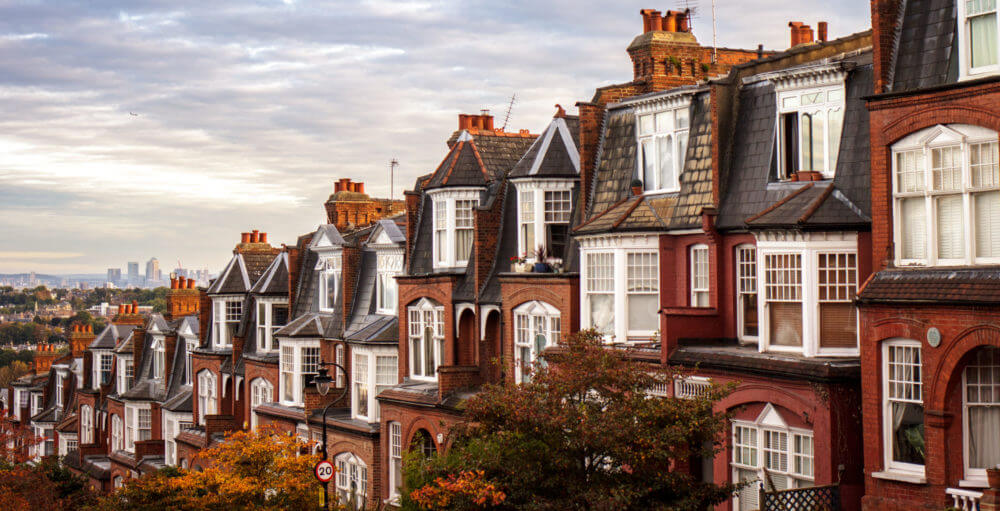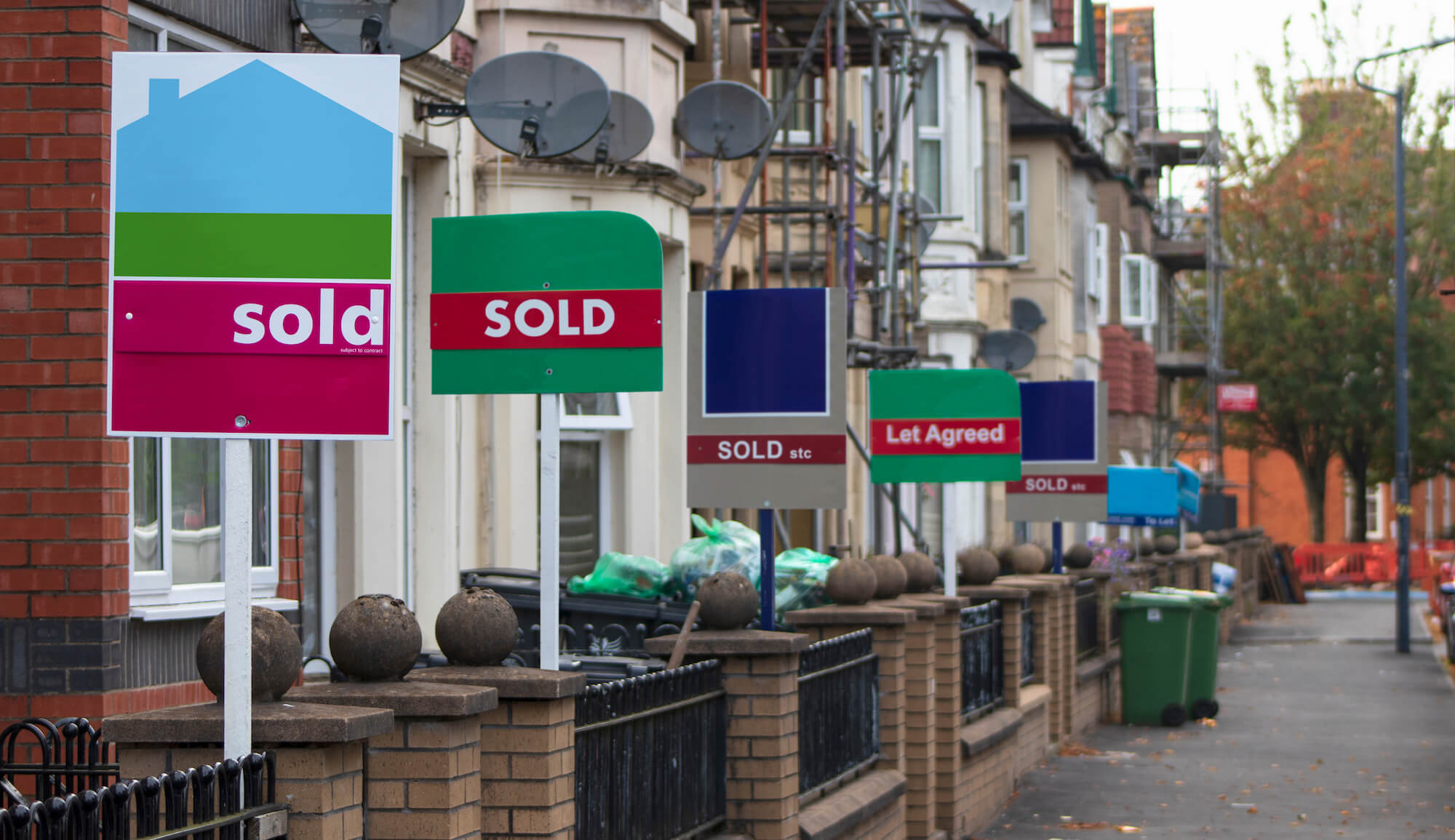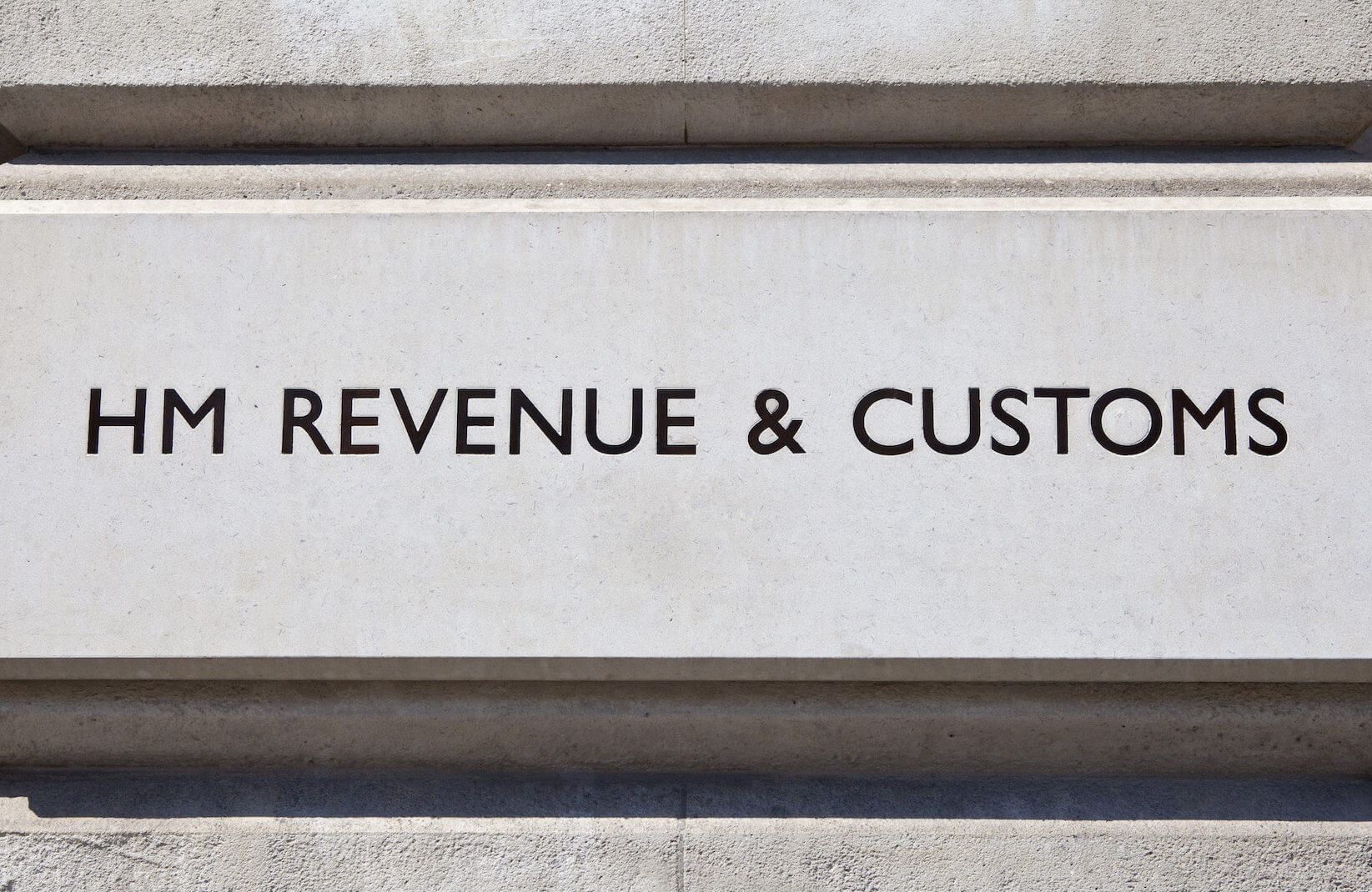The Role of Principal Designer
Lettings Update October 2020
Considerations for a HMO conversion: PART 1
Getting around the ‘6 month rule’
Property Sourcers
House Price Winners and Losers over the Past Decade
If you were purchasing a house in the UK in 2010 as an investment property, what’s the top spot you could have chosen?
Well, according to a recent Rightmove Study of property prices over the past decade, you’ll be hoping it was Bristol you bought in.
That’s because property prices there have increased by as much as an astonishing 120% from September 2010 to September 2020.
Most of all though, you’ll have wanted to invest in the city’s Easton area as that proves the most lucrative. Property prices there today are an average £283,397 – around £155,000 more expensive than if you bought in 2010.
But why Bristol? Well according to local estate agents the city is pretty ‘jumping.’ It is deemed to offer a good quality of life with plenty of entertainment and ‘good places to visit’ both there and nearby. According to one local estate agent is has a ‘vibrant foodie and cultural scene.’
But Bristol is also a tech employment hub and near enough to London for residents to pick up on the pulse of London, but retire to leafier climes when the need arises. This can be seen in the fact that house prices city-wide have risen by 60% over the past decade. Not only that, but six of the 10 top places in the Rightmove survey are in Bristol.
Dartford and Essex also get ‘thumbs up’
If you’d missed Bristol though and bought in Swanscombe, near Dartford in Kent instead, then you would also have done very nicely. That’s because property there increased by 106%, with the typical property averaging £326,106. Third highest location, according to the Rightmove Survey of 2 million properties sold, was Tilbury in Essex, and which saw house prices practically double over the decade.
Nairn residents near Inverness are biggest losers
And where there are winners you will almost certainly find losers. In this case it is the quaint seaside town of Nairn, near Inverness in the Highlands which comes bottom of the decade property price league. Property here has fallen by around 15% over the past 10 years. The average house is valued at £200,000. Residents in Linthorpe in Middlesbrough will also be pretty depressed to learn that the value of their abode has fallen by 12% since 2010, bringing the cost of the average home there to £128,352.
In fact, most of the locations which saw falls in property prices are in the North of England and Scotland. They include Shildon, Ferryhill and Peterlee in Durham, Wigton in Cumbria and Kilwinning, Johnstone and Galashiels in Scotland.
London locations to look at
The biggest winners in the capital include Walthamstow, Peckham and Tottenham. House prices in Walthamstow rose by 117% over the decade, while Peckham wasn’t far behind with 117%. In Tottenham they rose 106%.
Regional winners and losers
London and the East of England saw the biggest house price growth over the past decade, with Scotland and the North East witnessing the worst.
Property rose by 5% in September says Nationwide
Another month in the property market and another house price index citing further property rises… but for how much longer?
Nationwide is the latest lender to record impressive figures. UK Property, according to the building society’s survey, rose by 5% in September compared with the previous year. That’s the highest for four years. Only last month the Halifax recorded the cost of the average property at more than £245,000.
Nationwide’s monthly rise was 0.9% from August – and it’s pretty much throughout the UK. Only the London market remained subdued.
The house price rise for the year as a whole is expected to be around 2% – that’s according to a specialist survey published by news agency Reuters this month.
Some property analysts are warning caution though saying this month’s rise was likely to be the highest this year. That’s because the furlough scheme ends next month and, although it will be replaced with the Job Retention Scheme, the latter isn’t as generous. The result is likely to be large-scale unemployment, according to economists.
Still, low interest rates and the Stamp Duty holiday for buyers of properties of up to £500,000 in England will keep house hunters keen. At least until the first few months of next year. The scheme is due to finish at the end of March 2021.
The signs of a slowing market are already there though. Visitor numbers to property portals are reducing. The three biggest UK property for sale sites all saw a fall of 5% in visitor numbers in September compared to August, according to consultants Pantheon Macroeconomics.
Mortgage approvals highest for more than a decade
It was good news for mortgage approvals last month too. More mortgages were granted to UK buyers than in 13 years. A total of 84,700 went through in August. That compares to 66,300 in July. However, despite the big monthly jump, there are still fewer mortgage approvals this year than in 2019 at this rate (418,000 compared to 524,000 last year).
But is it only the wealthy who are buying? Figures revealed by the BoE seems to imply this. Consumer credit, for instance, didn’t rise very much – by £0.3bn when the prediction was for a rise of £1.5bn.
And certainly, first time buyers are taking the brunt of lenders’ reluctance to offer high loan to value deals (ie 80% and 85% mortgages).
Property market not as badly hit as predicted?
The upshot is that with home ownership having narrowed to those wealthier sectors of the population, the property market may not be as badly affected as many people fear come the end of the furlough scheme. That’s because they are less likely to be impacted by job losses.
Of those home owners who have already lost their jobs and moved on to University Credit, half of them have continued to pay their mortgages. The other 50% opted for the government’s Mortgage Holiday Scheme, which is due to end at the end of October, along with the current furlough scheme.
What Pandemic? House Prices Hit Record High in June
The UK government’s own figures declare it to be true – house prices rose to a record high in June. Even a national pandemic, it seems, can’t put the brakes on soaring house prices.
According to the latest figures from the Office of National Statistics (ONS) House Price Index, the cost of the average home had jumped by 3.4% (an increase of around £8,000 compared to the same time last year), bringing the total price to £238,000 at the start of the summer.
The figure is based on transactions which went through in March and April – at the height of the pandemic and when the country was already in lockdown. These were resumed in May when the English property market reopened – and which also resulted in a certain amount of pent-up demand.
East Midlands tops the table for property price rise
The biggest growth in house prices was in the East Midlands, which an increase of 4.6% year-on-year. Next was the North West with 4.4%. House owners in the South West saw the value of their homes rise by 4.3%, while in London Second Steppers (those going from a starter home to three or four-bedroom property) pushed up prices by 4.2% compared to 2019’s figures. Properties in the North East saw the lowest rise, according to the ONS statistics, at just 1.7%.
Not surprisingly, the government statistics also show that houses, rather than apartments, is the new buying trend post-Covid. This is, of course, home owners looking for more space, including greenery, in the event of further lockdowns. To the extent, the value of flats rose by 4.1% compared to just 0.9% for flats.
Number of sales more important than prices say analysts
June’s ONS House Price Index is the first published since the country went in to lockdown earlier this year. Although it shows prices are ‘up’ on the previous year, the number of sales which went through are down by 37% compared to 2019. And it is the number of sales – rather than the rising value of house prices – which is the greater indicator of how the market is performing, according to analysts. The Stamp Duty Holiday – where homes under £500,001 are exempt – will increase transactions over the next six months but that is due to come to an end in March 2020.
The Stamp Duty holiday will, however, will keep sales more buoyant than normal as the government’s furlough scheme comes to an end, bringing the fear of job losses. The latter is expected to impinge negatively on price growth as prospective buyers wait and see what happens to the economy over the next six months or so. A potential No Deal Brexit also brings its own worries.
A survey by mortgage lender BSA found that 68% said they were put off buying a home because they were too worried about whether they would still have a job in the coming months. This compared to almost half that number (37%) last year during the ongoing Brexit negotiations, which in itself created a great deal of uncertainty.
Buyers told to ‘Hurry Up’ or miss out on holiday
Potential house buyers keen to take advantage of the Chancellor’s Stamp Duty holiday better ‘get their skates on’, according to one property regulatory body.
That’s because a lack of conveyancers due to furloughing and lockdown measures is causing completion delays, says estate agent overseer NAEA Propertymark. And, nor are backlogs in mortgage applications helping (for similar poor staffing reasons). The upshot is that it could take far longer than three months to buy and sell a property.
As a result, those looking to move and save thousands of pounds in Stamp Duty costs, should start viewing by the beginning of October at the very latest. Rishi Sunak’s Stamp Duty ‘holiday’ where buyers pay no Stamp Duty on property valued at up to £500,000, is due to come to an end on March 31, 2021.
Back in July – just weeks after lockdown ended – estate agents in England were selling an average of 13 properties per month. That was the largest number of sales recorded by NAEA Propertymark since June 2007.
Homes in Yorkshire top year-on-year values
Meanwhile, the exodus from busy London continues, with many residents fleeing the capital for bigger homes in quieter towns and villages. One region that is benefitting hugely from the city to country switch is Yorkshire. Property prices here grew 8.8% cent between September this year and last, bringing the value of the average house to £220,099. That’s according to property analysis site, Home.co.uk. From July to August the jump in property values in Yorkshire of 0.9% was twice the UK national average.
The neighbouring North West region has also done well in the property stakes over the past 12 months, where homeowners say the value of their property jump by 7.4%. But homeowners in the North East haven’t exactly been feeling left out either, with an increase of 4.9%. The monthly growth for here was even better than Yorkshire, with house price increases of 1.1%.
Property in the south under-performing
Further south though it is a different picture. And it isn’t just homeowners in London that are seeing price falls. The South West, South East and the East of England are all experiencing property growth below the national average. In Greater London supply of properties has grown exponentially by 71% over the past 12 months. In the East of England region housing supply is up by 34%. In Yorkshire the supply figure was a mere 9%.
A spokesman for Home.co.uk added Scotland into the mix of good-performing regions ‘up north.’ In fact, from Yorkshire upwards the price of housing was the best yet since the financial crisis of 2008.
He added: “It is quite remarkable that, after nearly a decade of price stagnation, the North East property market finally takes off post pandemic… [the aforementioned regions’] performance is compensating for the lacklustre activity in London and adjacent regions.”
Not everything in the garden is rosy… But, with the prospect of a No Deal Brexit, furloughing finishing and the end of the Stamp Duty holiday in March next year, house prices will plummet say property analysts. Think tank, The Centre for Economic and Business Research, reckon it could be by as much as 13.8%.












